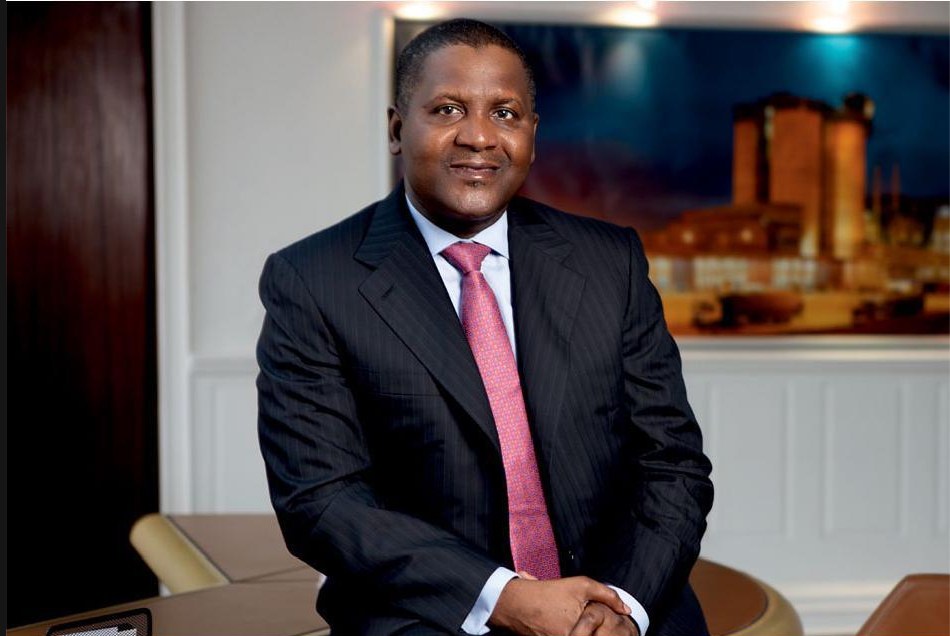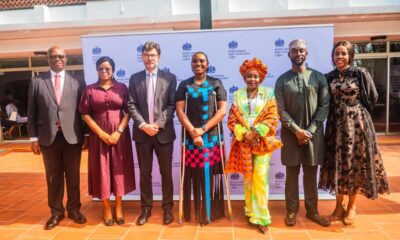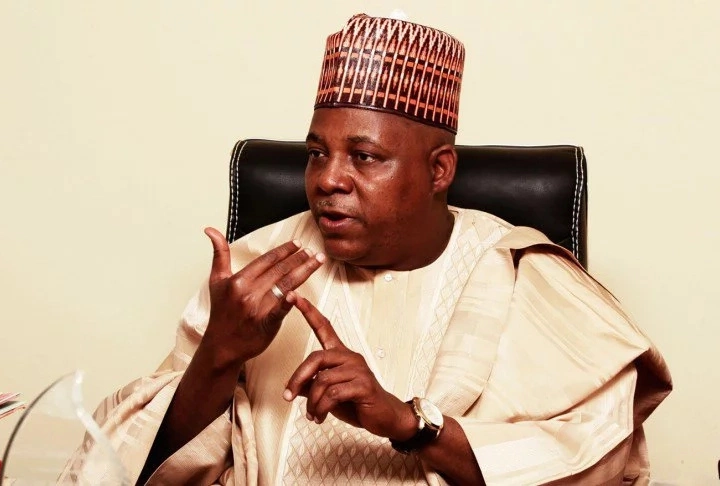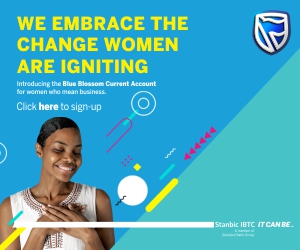TechNews
Nigeria receives $100m loan from India for broadband project


Nigeria’s aspiration for universal Internet coverage and broadband expansion has received a boost with the materialization of a $100 million loan from the Indian government.
According to the Guardian, facility, arranged by the EXIM Bank of India, followed a close collaboration between the India High Commission in Nigeria and the Federal Ministry of Communications. The deal was facilitated by the immediate past Minister of Communications, Adebayo Shittu, who had promised a 70 percent broadband penetration by 2021.
The facility is to accelerate the deployment of solar-based mobile telephone sites in the country’s vast rural areas. Ministry officials privy to details of the plan said no fewer than 1,000 locations could be built in a year once the deal is officially sealed. A document yesterday said the grant was for the financing of the nation’s rural broadband network and deployment of robust masts to complement alternative power sources.
The plan is hinged on the government’s determination to extend telephone services to local communities at a relatively affordable cost while ensuring that the bottlenecks experienced in urban areas were minimized. Just last week in Lagos, the Executive Vice Chairman of the Nigerian Communications Commission (NCC), Prof. Umar Danbatta, had called for fresh investments in the sector. He noted that while the current portfolio of $68 billion investment in Nigeria was huge, it was, however, by no means adequate for one of the fastest-growing telecommunications markets in the world.
While acknowledging the efforts of service providers investment-wise, Danbatta urged them to double the move in the next 10 years. Earlier this year, Shittu had disclosed that the government was desirous of fact-tracking the implementation of the National Broadband Roadmap by rapidly deploying less-expensive telecommunications masts in the rural and remote areas. The strategy, he explained, was to provide access to telephone services and engender rapid broadband penetration in hitherto inaccessible regions of the country.
His hope was premised on the $100 million facilities from the Asian nation. Indeed, the latest statistics from the NCC indicate that broadband subscription was 63.2 million, while actual broadband penetration increased to 33.13 percent last month. In a related development, Ijaw youths have threatened to shut down operations of telecommunication companies over diesel supplies for power plants in Bayelsa State.
The youths are said to be angry that indigenes of the state had allegedly been shut out of the companies’ multi-million naira diesel supply deal for generators that power telecommunication masts in the state. It was learned that they had, under the auspices of the Ijaw Youth Council (IYC) Worldwide, written several letters to managements of the leading operators to remedy the situation to no avail.
In one of the correspondences signed by the IYC chairman, Central Zone, Kennedy Olorogun, the youths insisted that they would no longer tolerate the companies’ alleged outsourcing of diesel supply to only non-indigenes statewide. The letter was also sent to the Commissioner of Police, Director, Department of State Service (DSS) and the Commandant, Joint Task Force (JTF), Operation Delta Safe.
-



 Politics5 days ago
Politics5 days agoWES 2025: WorldStage boss urges Tinubu to engage Trump on possible joint military exercises to flush out terrorists in Nigeria
-



 Energy5 days ago
Energy5 days agoDangote Contracts Honeywell International for Major Refinery Capacity Upgrade to 1.4 million barrels per day
-



 News5 days ago
News5 days agoUK Govt Backs Lagos State to Advance Disability Inclusion and Gender Equality
-



 Energy4 days ago
Energy4 days agoSahara Group Foundation Awards USD 130,000 to 20 African EXTRApreneurs









